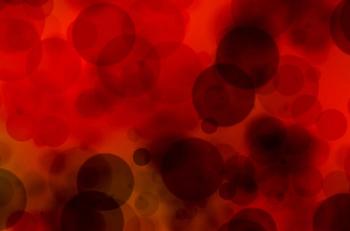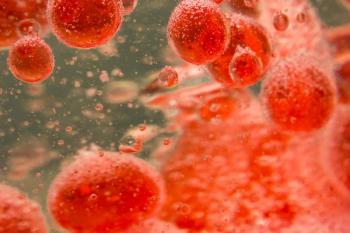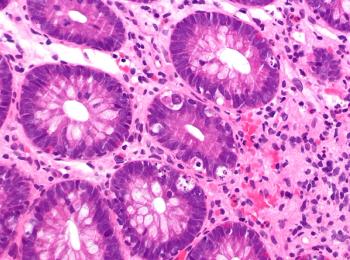
KIR Genotype Predicts Molecular Response in CML Treatment Paradigm
The presence of the gene KIR2DL5B was found to be associated with outcomes in patients with chronic phase chronic myeloid leukemia, according to a new study.
The presence of the gene KIR2DL5B was found to be associated with outcomes in patients with chronic phase chronic myeloid leukemia (CML), according to a new study. Genotyping of killer immunoglobulin-like receptors (KIR) could help select out high-risk CML patients at baseline that may benefit from novel interventions.
KIRs are expressed by natural killer (NK) cells, and are an important part of the innate immune response. KIRs have been shown in previous research to predict response in CML patients treated with tyrosine kinase inhibitors, according to researchers led by Agnes S. Yong, MD, PhD, of SA Pathology in Adelaide, Australia.
The new study investigated that link between KIR genotypes and treatment outcomes specifically in CML patients treated with the TIDEL-II treatment paradigm, which involves dose-adapted imatinib followed by rapid switching to nilotinib in the absence of optimal response. The study, which included 148 patients genotyped for KIR, was
The researchers found that patients with the KIR2DL5B genotype (31 patients, 21%) had inferior achievement of major molecular response (BCR-ABL1 ≤ 0.1%) and molecular response 4.5 (BCR-ABL1 ≤ 0.0032%). The genotype was also significantly associated with inferior transformation-free survival and event-free survival, though not with overall survival.
Most patients positive for KIR2DL5B were also positive for KIR2DL2 and KIR2DS3. However, those other KIR genotypes were not independently associated with achievement of major molecular response while KIR2DL5B was, with a hazard ratio of 0.52 (95% CI, 0.284–0.951; P = .034); early molecular response (EMR; BCR-ABL1 ≤ 10% at 3 months) was also significantly associated with major molecular response.
“However, EMR information is only available 3 months after treatment commencement,” the authors wrote. “In contrast, KIR2DL5B can identify, at baseline, the 20% of patients with a transformation risk of ~10% over 2 years, vs the 80% of patients with a transformation risk of < 3%.”
The authors did note that the presence and magnitude of the gene’s prognostic influence should be validated and confirmed in other prospective studies. “Incorporation of KIR2DL5B in future baseline prognostic scores, together with other predictive markers, may enable targeted interventions to improve outcomes at the earliest available opportunity,” they concluded.
Newsletter
Stay up to date on recent advances in the multidisciplinary approach to cancer.

















































































